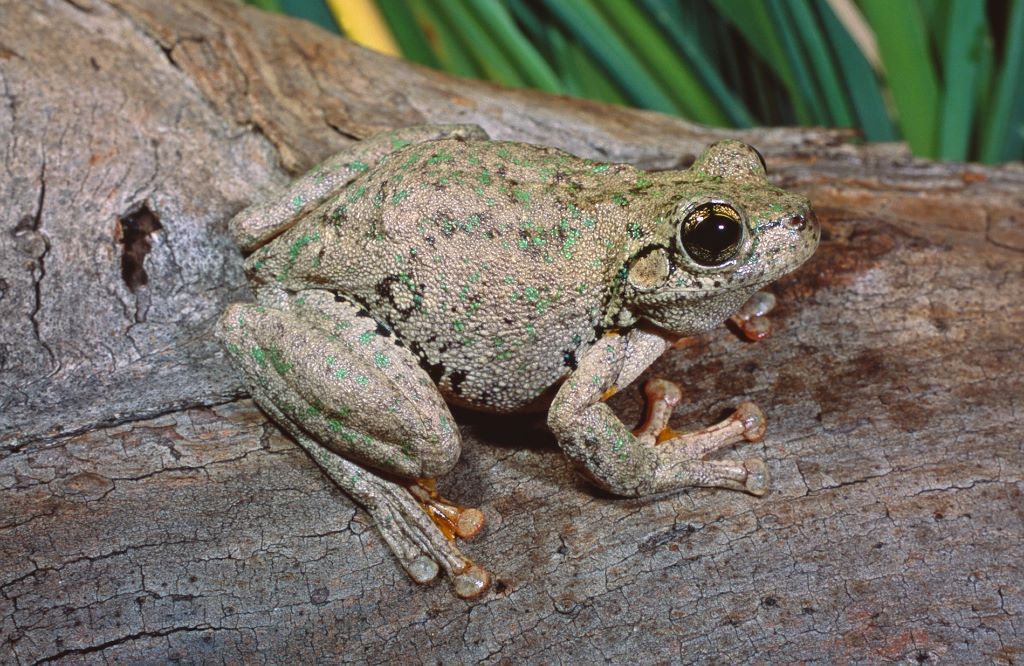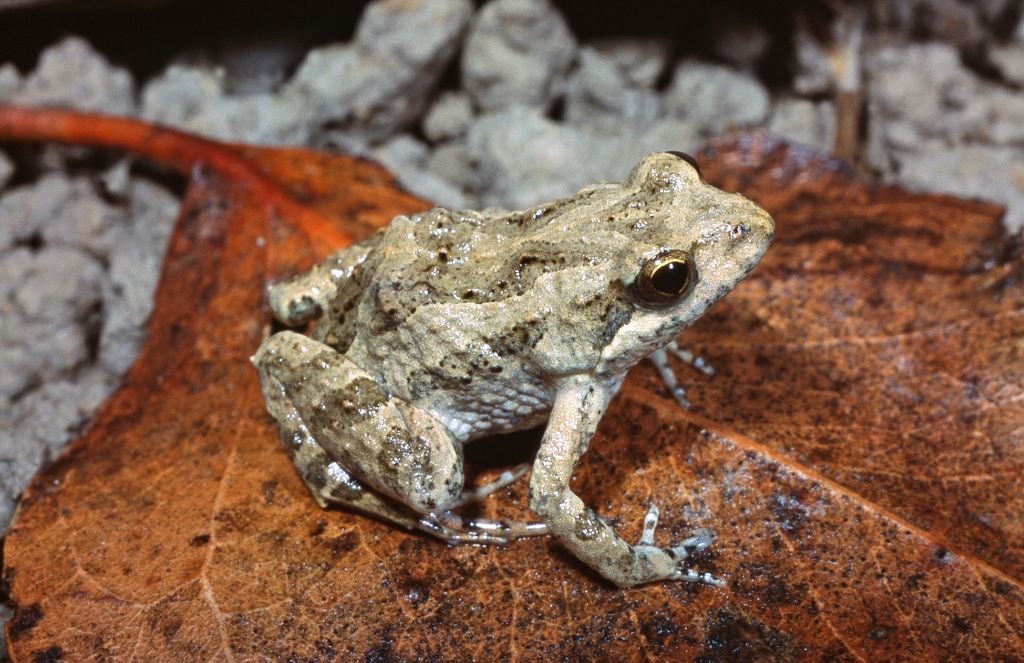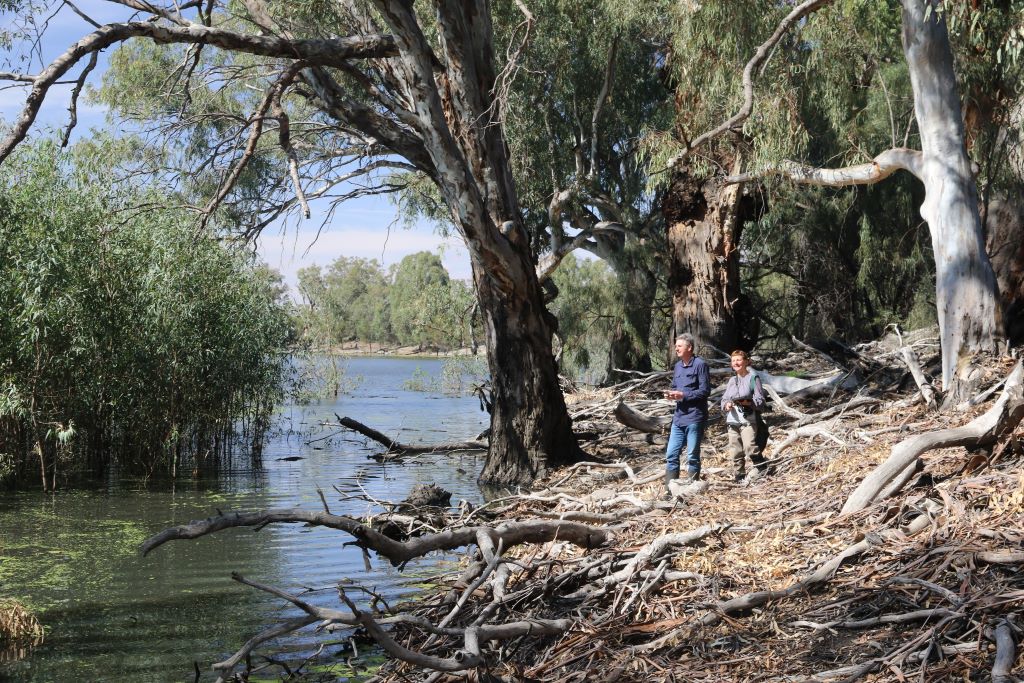Remember when the clergy were prominent scientists in Europe? No, nor me. But it’s fewer than 200 years since Friar Gregor Mendel grew his colourful pea flowers in the monastery and we began to understand genetic inheritance. The western scientific revolution birthed the scientific method and professional research scientists took over from the church in investigating the way the world works. Now science is enjoying another transformation – experiments and observations have finally entered the lives of the general public in the form of citizen science.
Of course, science existed outside of the above Euro-centric history and citizen scientists have been around for longer than we can imagine. We all likely know someone with a notebook containing lists of the birds they’ve seen in their garden, or photographs of treasures washed up on the beach during their morning walks. Indigenous peoples around the world have always recorded seasons, the growth of plants and animal behaviour. Science is everywhere and so are scientists.
Citizen scientists are people who collect data, regardless of their background, education, training or experience. They contribute valuable knowledge to fields as diverse as astronomy, botany and medicine. Most citizen scientists do not have any formal scientific education or training, but skills in observation and access to technology (like smart phones) are all that is required to contribute. The result is more diversity and abundance in observers – more feet on the ground to collect data and more observations from people and places that would otherwise not be included in scientific studies.
Citizen Science has received a lot of attention recently and for good reason. Scientific research can benefit greatly from additional data, while citizen scientists feel a sense of accomplishment from contributing to projects and get a sense of stewardship and connection with the world around them. A win-win for all involved! Enhancing the connection of people to the natural world is proving more and more important. We are facing massive biodiversity loss and so many of us have lost sight of our need for nature, but citizen science offers an opportunity to bridge the gaps between people, nature and science.
Some systems are particularly well suited to citizen science projects. Frogs, for example are amongst the most threatened animals on the planet, but they are also accessible, widespread and charismatic. We know so little about them because they are small and wet and good at hiding, but we know they are important. They are the quintessential indicators of ecosystem health and their presence is seen as a good omen across cultures. Even people who are not frog fans appreciate their pest control services or the summer lullabies they sing.

In 2017, the Australian Museum launched the Frog ID project. It invites people all over Australia to record frog calls with their smart phones using their purpose-built app. The records are verified by an expert and the results returned to the participant. Thousands of calls have been submitted so far, offering insights into where and when frogs call from data collected by people that needed no specific training in frog ecology. The Rowley et al. report on the first year of the project shows that citizen scientists can be the driving force behind identifying populations of rare and threatened frog species. It demonstrates the potential of citizen science to record remote and cryptic frogs that are difficult for researchers to access.
One of the projects that collaborates with FrogID is ‘The Frogs Are Calling You’, a project investigating the response of frogs to watering regimes. The program is recruiting people who live in or visit northern and western Victoria to record frog calls using the FrogID app. Among the many benefits is citizen scientists collecting data over a large range of areas including private properties, which builds a larger data set. In return, the participants gain a better understanding of their neighbourhood frogs and how water for the environment is managed.

The ivory towers of science past are slowly crumbling to reveal members of the public, industrious in their enthusiasm – taking photos, submitting sightings, recording frog calls and hopefully finding a greater connection to nature. The skill sets of everyday people coupled with modern technologies have given science access to data, and citizens access to science, like never before.
If you are keen to do some frog science, check out the FrogID and The Frogs Are Calling You websites or find them on social media @frogidaus and @frogscalling respectively. If frogs don’t float your boat, but you’re interested in getting involved in citizen science, good places to find a project include the Australian Citizen Science Association or Zooniverse. And if you’ve been hanging on until the end of this article to find out how you can be a citizen astronomer, Spacehack is the place to go.
Banner image (provided): Citizen scientists are contributing to an investigation into the response of frogs to water regimes as some of Victoria’s wetlands receive water entitlements.


Leave a Reply